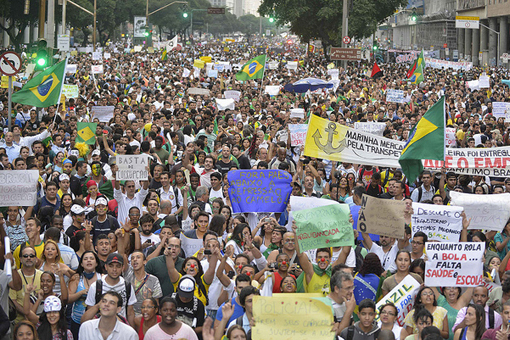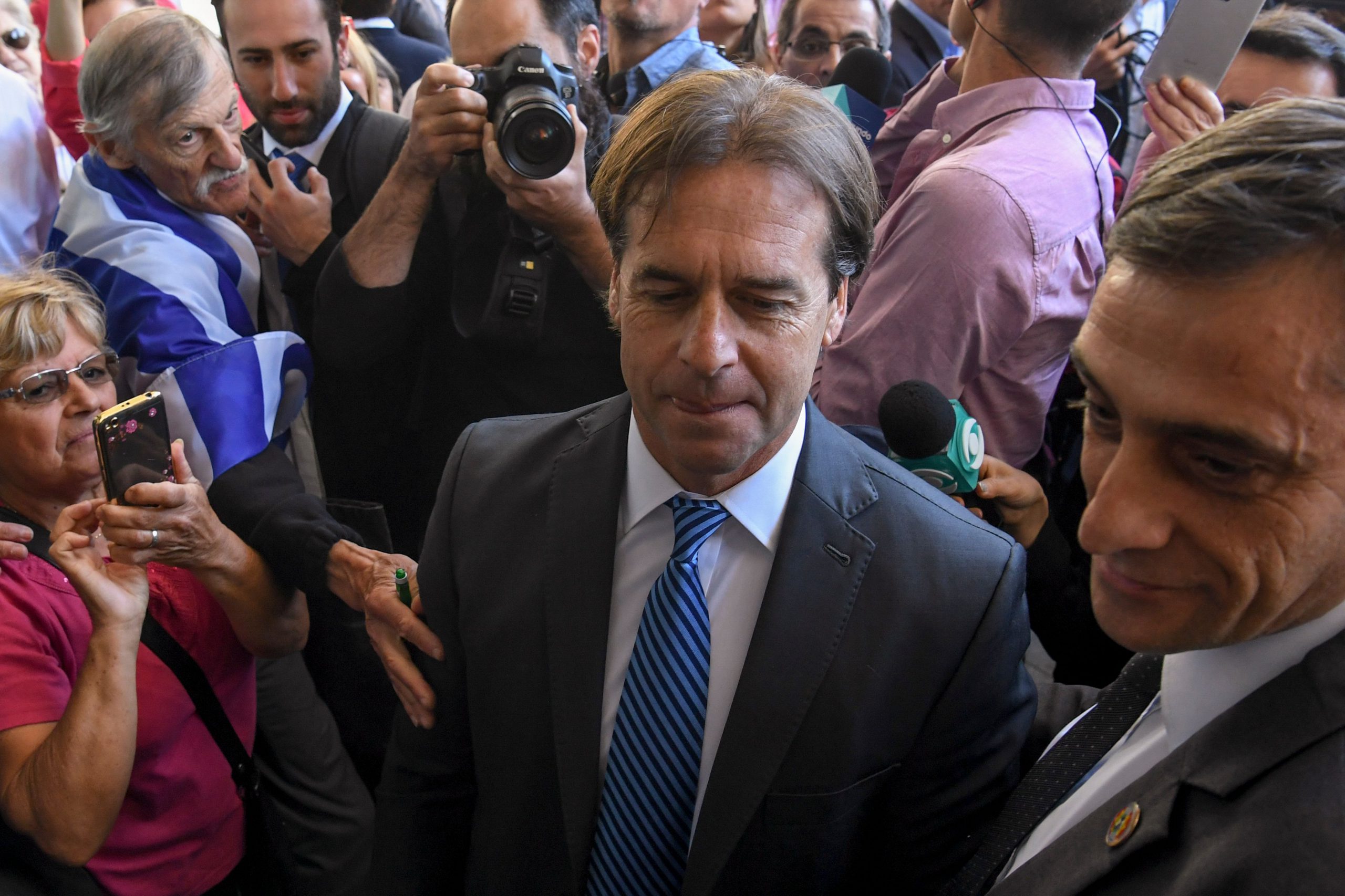SAO PAULO, Brazil – The question of how long Brazil’s protest movement may last has stumped social and political analysts, with the movement’s rapid growth since early June taking nearly all by surprise. But low unemployment rates may now be giving Brazilian protesters the endurance to go the distance—a reminder of the situation during the social and anti-war movements of the 1960s in the United States.
Brazil’s unemployment rate for May—the most recent figure available—was 5.8 percent, the lowest recorded for that month since at least 2002. May also marked the fifth consecutive month in which the rate has barely budged, following an all-time low of 4.6 percent in December, according to the Instituto Brasileiro de Geografia e Estatística (Brazilian Institute of Geography and Statistics—IBGE). Brazilians with a college degree currently enjoy a 2.9 percent unemployment rate.
“As of now, the job market is extraordinary, unlike ever before,” said Carlos Alberto de Melo, professor and political scientist at Insper (the Institute of Education and Research) in São Paulo. “This brings a certain comfort to the youth that must be recognized.”
Watch a video on this article
Video by Marcelo Min
Record low unemployment has played a role over the past two years in Brazil’s disappointing economic growth rates and stubbornly high inflation. But it’s also serving as a buoy of confidence for the average Brazilian.
“I believe right now that if I work hard in school, I will find any job that I want. The job market is no longer a worry for us on a daily basis,” said Vinicius Maximo, 20, a media major at the Universidade Presbiteriana Mackenzie (Mackenzie Presbyterian University) in São Paulo. “When you have an issue like this resolved, you can focus on other issues, those that are really bad, which in our case are various things that we’re focusing on in these protests.”
Unemployment in the U.S. ranged from 3.5 percent to 6 percent per year throughout the 1960s and early 1970s, according to the Bureau of Labor Statistics, making it one of the strongest decades for U.S. employment over the past century. It was a key factor in sustaining the decade’s anti-war movement, says Todd Gitlin, a professor of journalism and sociology at Columbia University and a noted author on the history of social movements in the United States.
“When people feel more confident about their economic footing, they are liberated to look for ways of investing what I like to call their ‘moral capital,’” Gitlin said. “This was certainly the case in the U.S. in the 1960s. Many millions of young people had a job market cushion that enabled them to take some chances.”
More young adult Brazilians are finding jobs over the past five years, and Brazil has had an ideal labor climate for college students and recent graduates. This is a situation in stark contrast to high unemployment rates for that age group in much of Europe and the United States.
“That relative freedom from debt and from the need to work while in college was far more common in the U.S. in the 1960s than it has been in recent decades,” Gitlin added.
Driven in large part by global demand for Brazil’s commodities, the past decade of growth has lifted some 40 million Brazilians out of poverty into the middle class. As they advance financially, Brazilians are viewing other aspects of their life—such as security, transportation and the cost of living—in a critical new light.
“I compare this Brazilian youth movement now to a pot of boiling water,” said Insper’s Melo. “They’ve slowly been brought to a boil, and now, even if the fire is turned off, they’ll remain hot. If that fire ignites again, they’ll boil faster than ever before.”
Of Brazil’s active protesters, 77 percent are college graduates, about one quarter are currently studying and more than half are age 25 or younger, according to a June survey by the Datafolha Institute.
“Brazil’s youth are discovering their voice against an old system, a system that’s not helping the people with the funds it has, and they want to construct a system that is new. They’re against the practice of corruption and money being lost to politicians, among other issues. We’re seeing this in Europe and Arab nations now as well,” said Rosana Schwartz, professor of history and sociology at Mackenzie Presbyterian University.
“I think it’s the same as what occurred in the 1960s and 1970s. A new world was being implemented then with new questions. All the movements in the U.S. were varied at first as well, involving (African-Americans), women, sex and war.”
So, while the protests may have quieted down since the Confederations Cup concluded last week, good economic times may continue to give momentum to further demonstrations.
Bob Moser is a U.S.-born freelance business reporter based in São Paulo, Brazil. Read his work at http://bobmoser.wordpress.com and follow him on Twitter at @bobmoser333.
Marcelo Min is a veteran Brazilian news photographer with more than 20 years of experience working with major news outlets in São Paulo. View his work at http://archive.marcelomin.com.br/








